It’s that time of year when a young man’s thoughts turn to tropical seabirds like the Christmas Shearwater… wait, that doesn’t work! In fact, if you were looking for a bird that represented the spirit and traditions of Christmas, this elegant, compact and dark shearwater would hardly be the first thing that comes to mind. So why is a tropical bird named after that most wintery (at least for you Northern Hemisphere types) of holidays? The answer is that it is named for Christmas Island. Not, I should point out, the Australian Christmas Island, which is in the Indian Ocean and is home to its own Christmas birds including the Christmas White-eye, the Christmas Frigatebird or the Christmas Goshawk. No, there is a second island named for Christmas, although it is more correctly known today as Kiritimati in the Republic of Kiribati in the Central Pacific.
Christmas Shearwater (Puffinus nativitatis) on Tern Island, French Frigate Shoals, Hawaii.
The Christmas Shearwater is a smallish, dark chocolate brown shearwater that lives and breeds in remote areas of the tropical eastern Pacific. In contrast to some of the highly numerous species of tropical seabird it is not a common or abundant species, across its entire range there are probably no more than 150,000 of them (contrast this to the estimated 5 million Wedge-tailed Shearwaters). They are somewhat unusual for shearwaters in that they breed on the surface rather than digging tunnels, choosing instead sites under bushes or overhanging rocks. They mostly feed on squid, which they hunt by diving. And they are to my eyes the loveliest of the shearwaters. When I worked on Tern Island in Hawaii I would always take the opportunity to take photos when I found them, but there were never very many of them on the island. When you did find them they were generally unconcerned about me and I could get quite close to take photos (like most of the birds on the island actually).
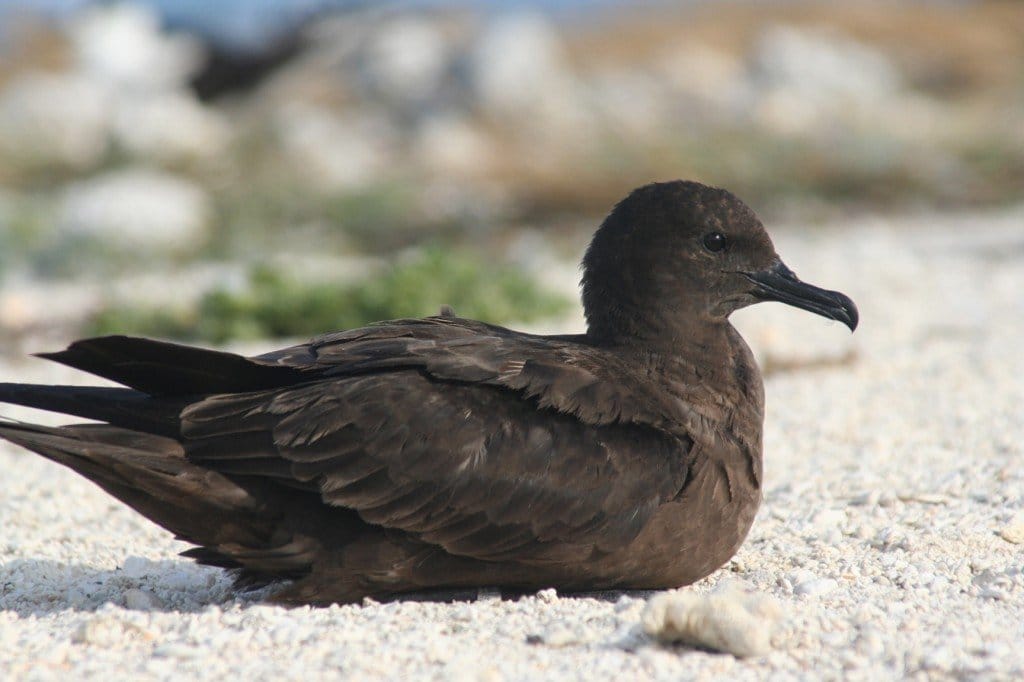
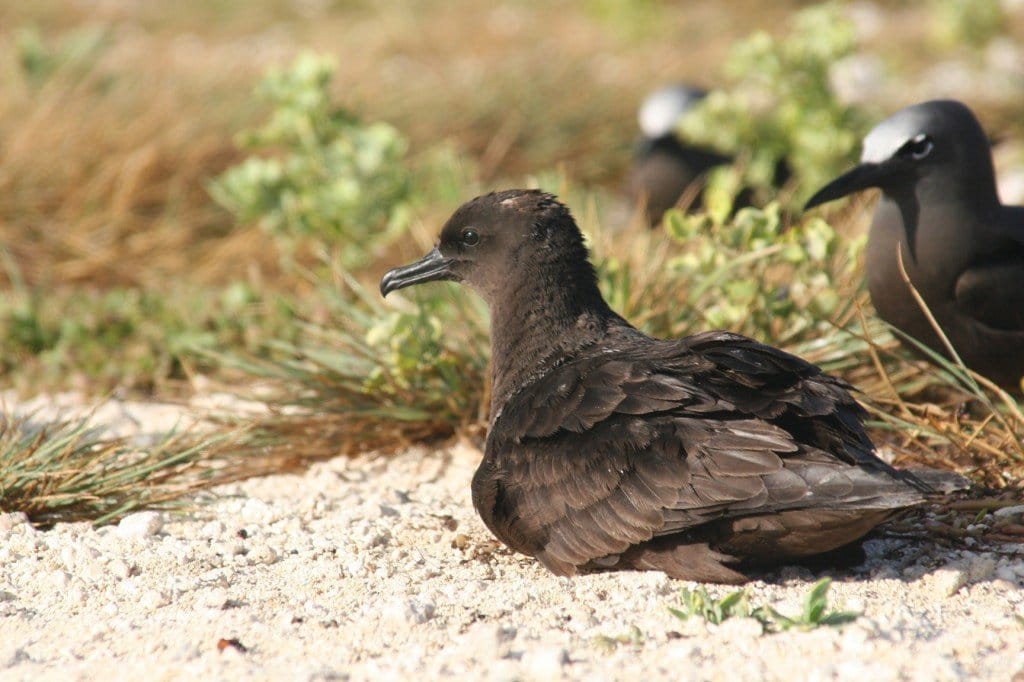 With a Brown Noddy for size comparison.
With a Brown Noddy for size comparison.
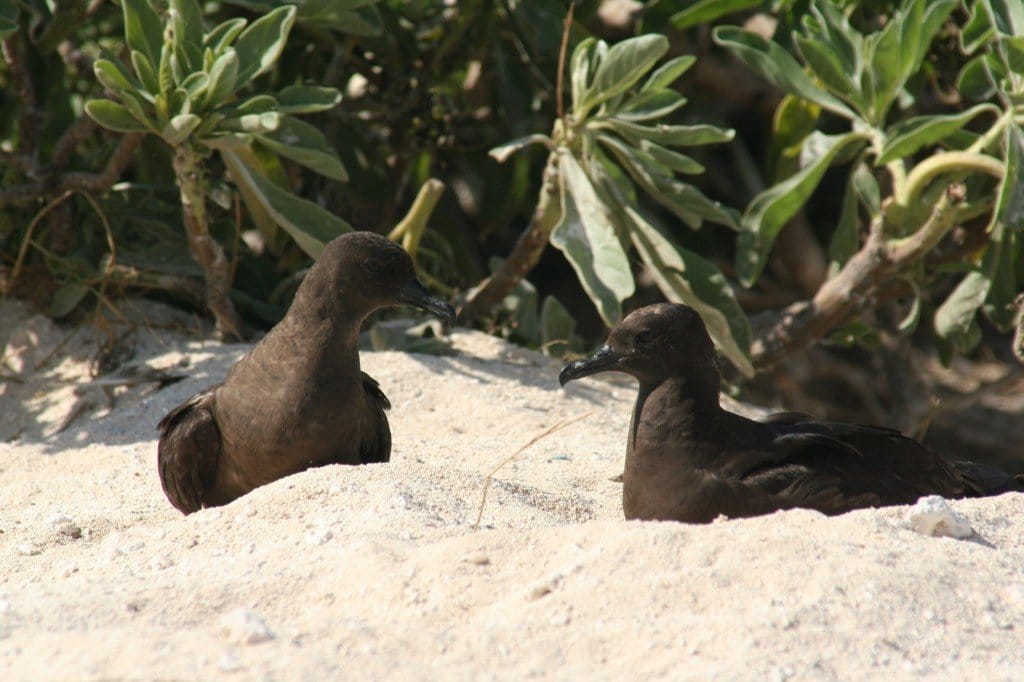 I often saw Christmas Shearwaters in pairs on the ground.
I often saw Christmas Shearwaters in pairs on the ground.
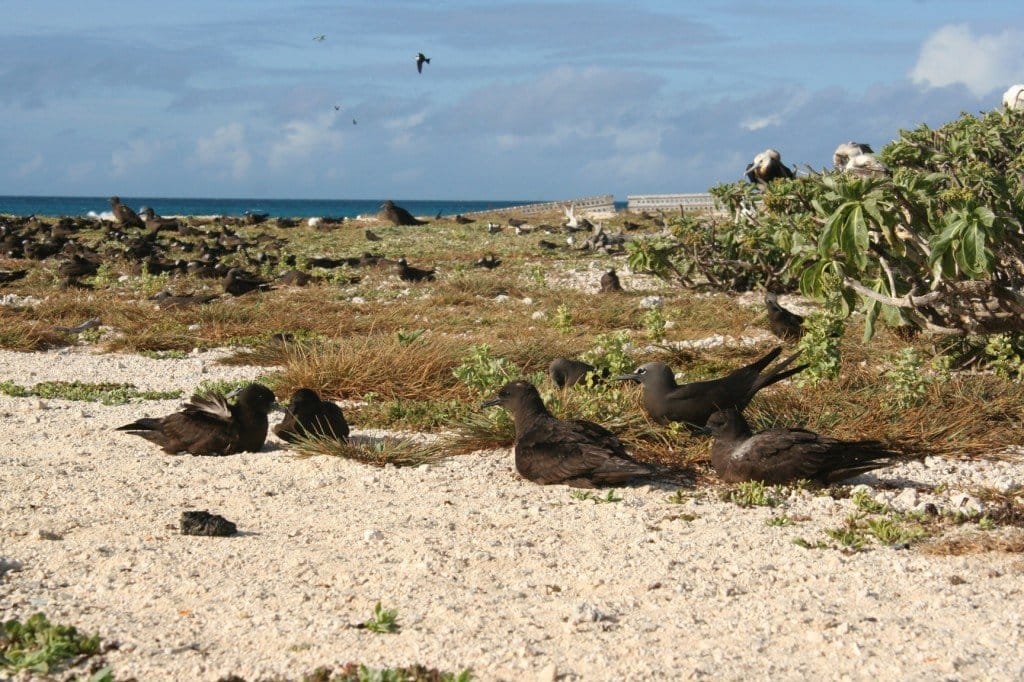 Towards the eastern end of the island was a good spot for them.
Towards the eastern end of the island was a good spot for them.
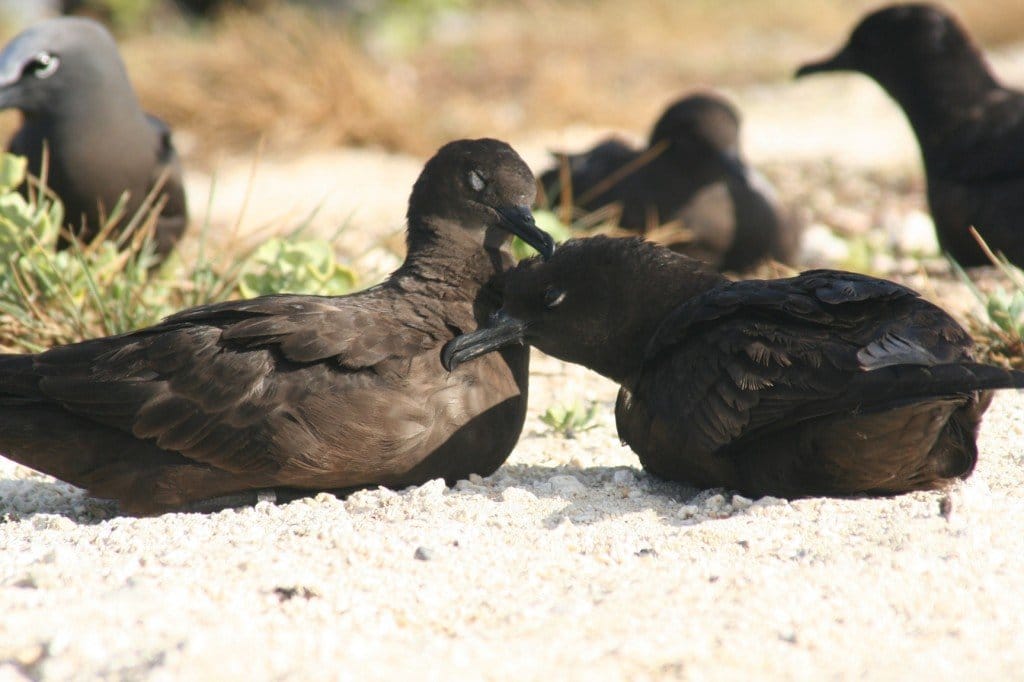
Pairs often engaged in mutual preening, part of pair bond formation and maintenance.
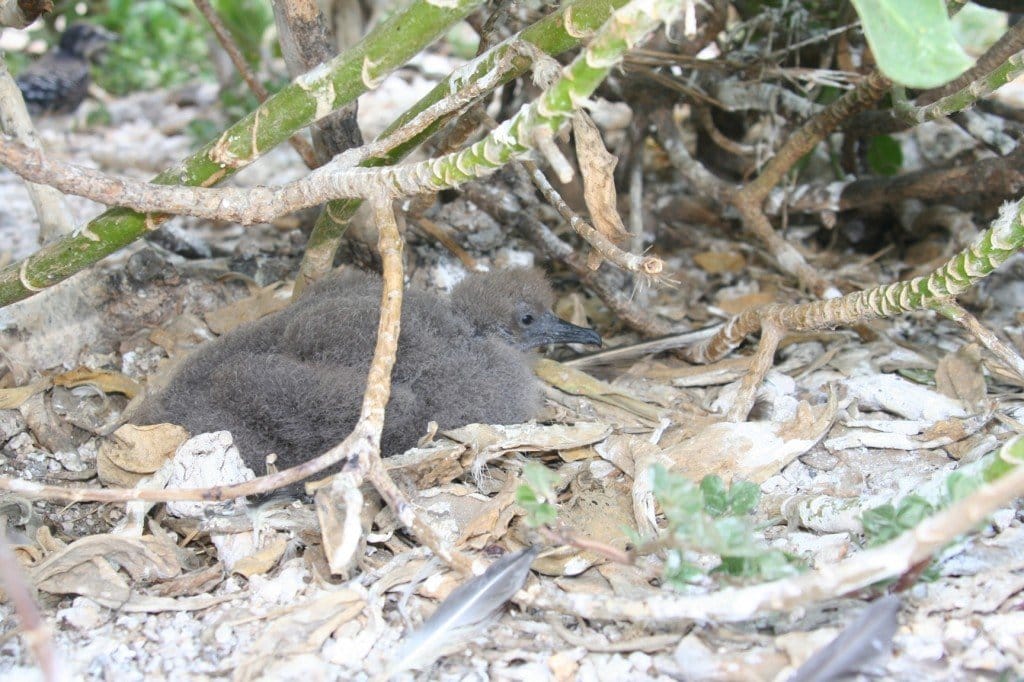
A chick in the rather gawky stage of life.
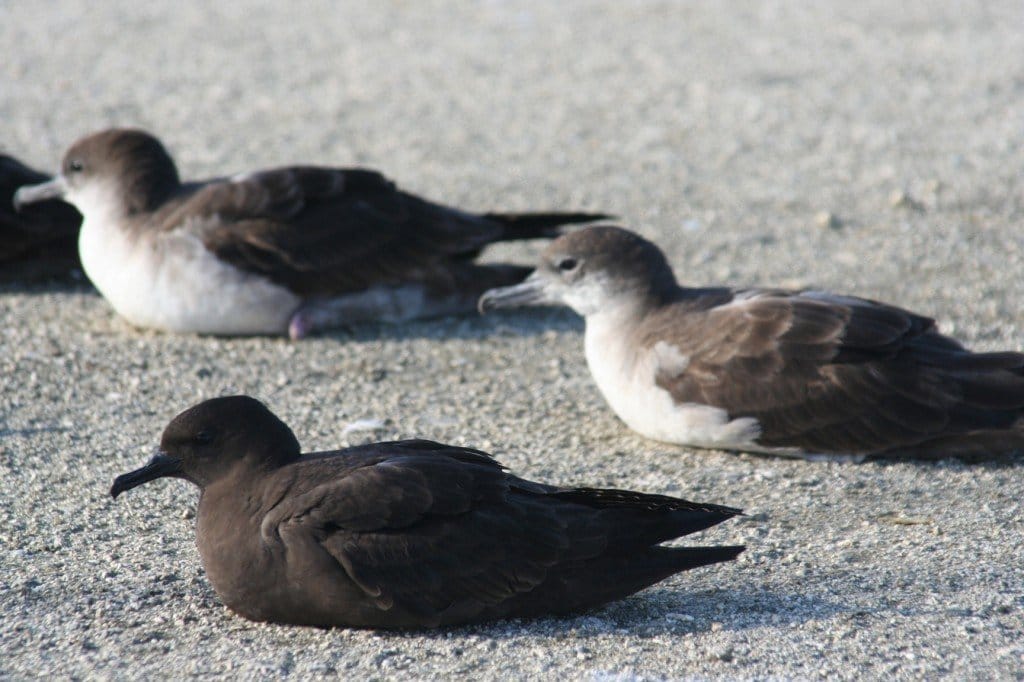 A Christmas Shearwater with two Wedge-tailed Shearwaters behind for comparison.
A Christmas Shearwater with two Wedge-tailed Shearwaters behind for comparison.
Taking wing.
…
If you liked this post and want to see more great images of birds make sure to check out 10,000 Clicks, our big (and growing) page of galleries here at 10,000 Birds.


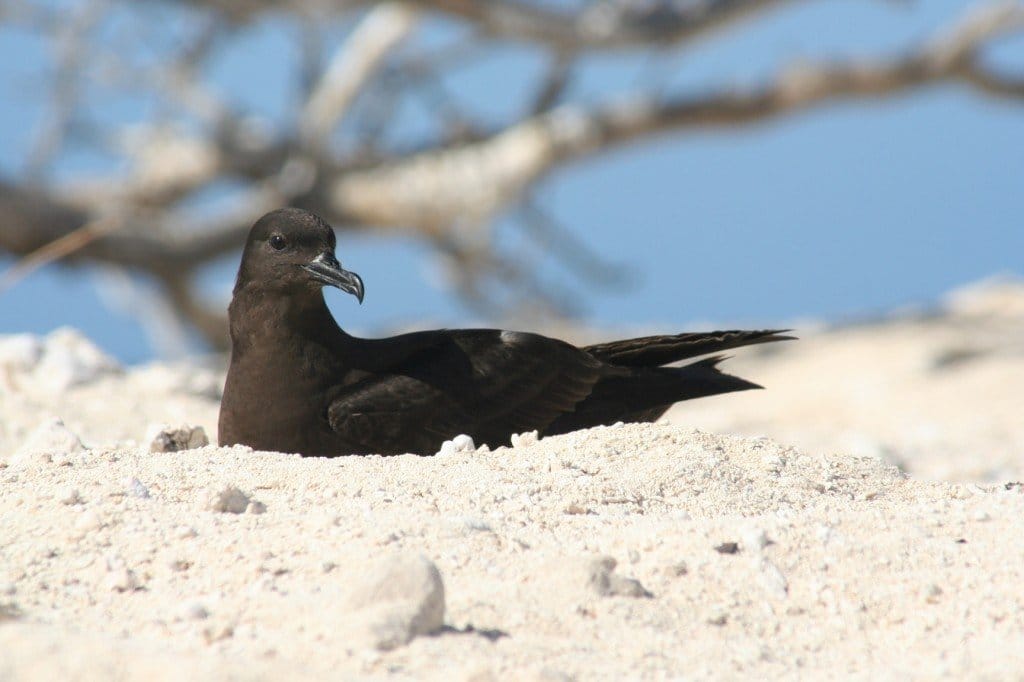
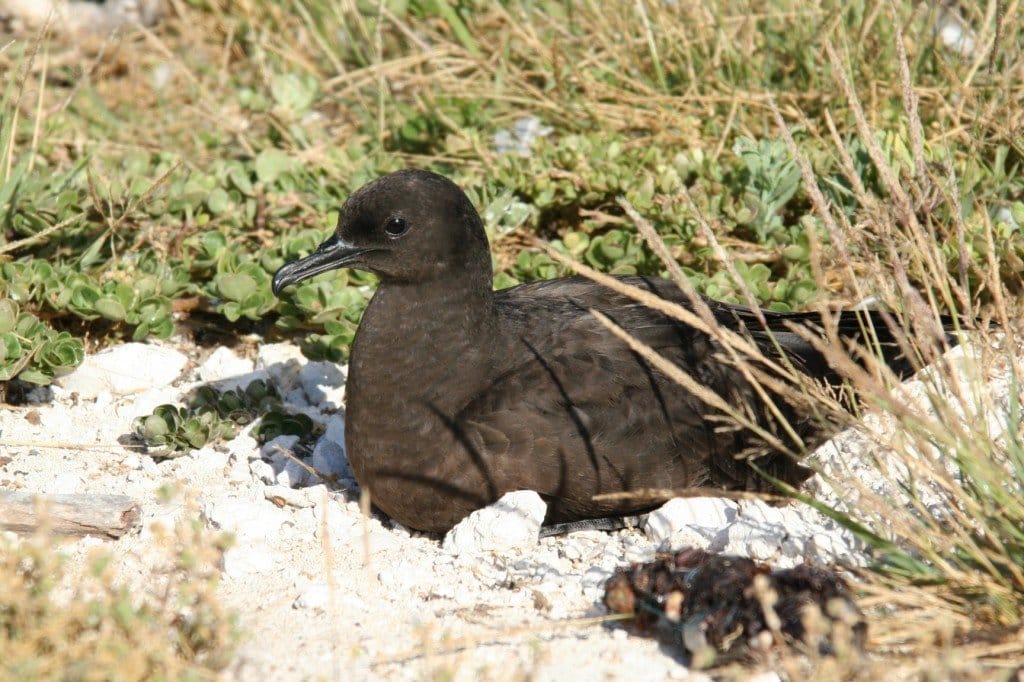
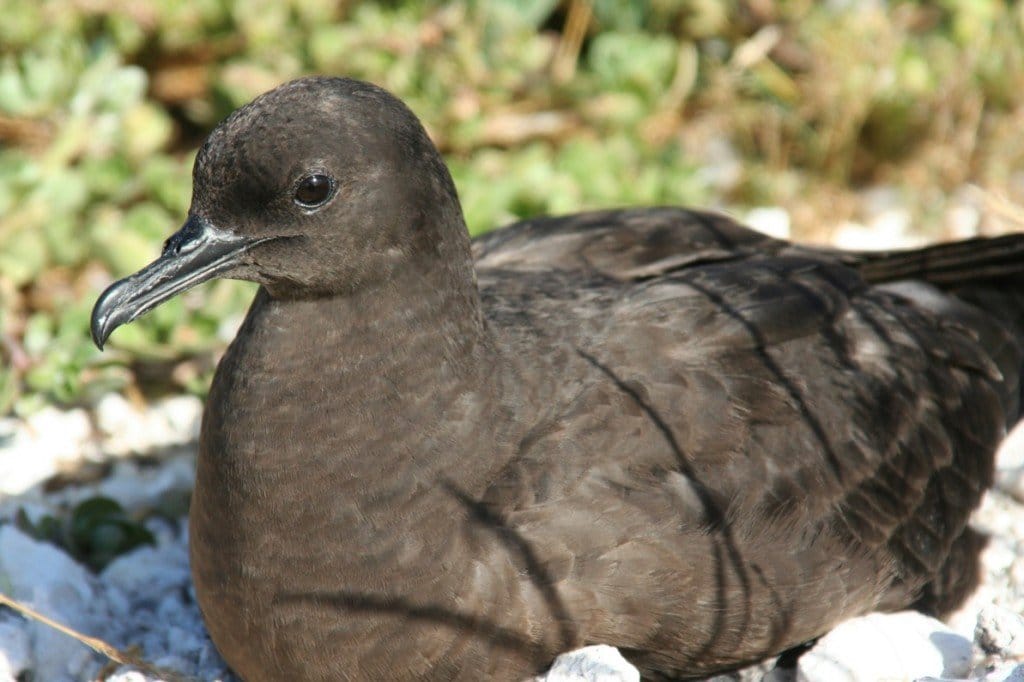
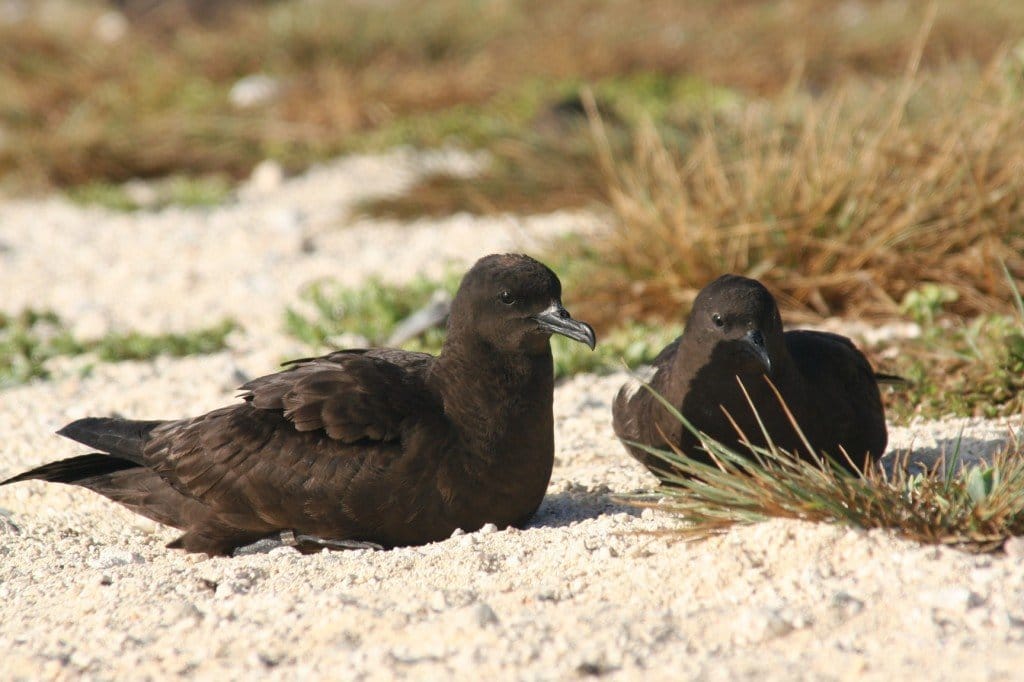
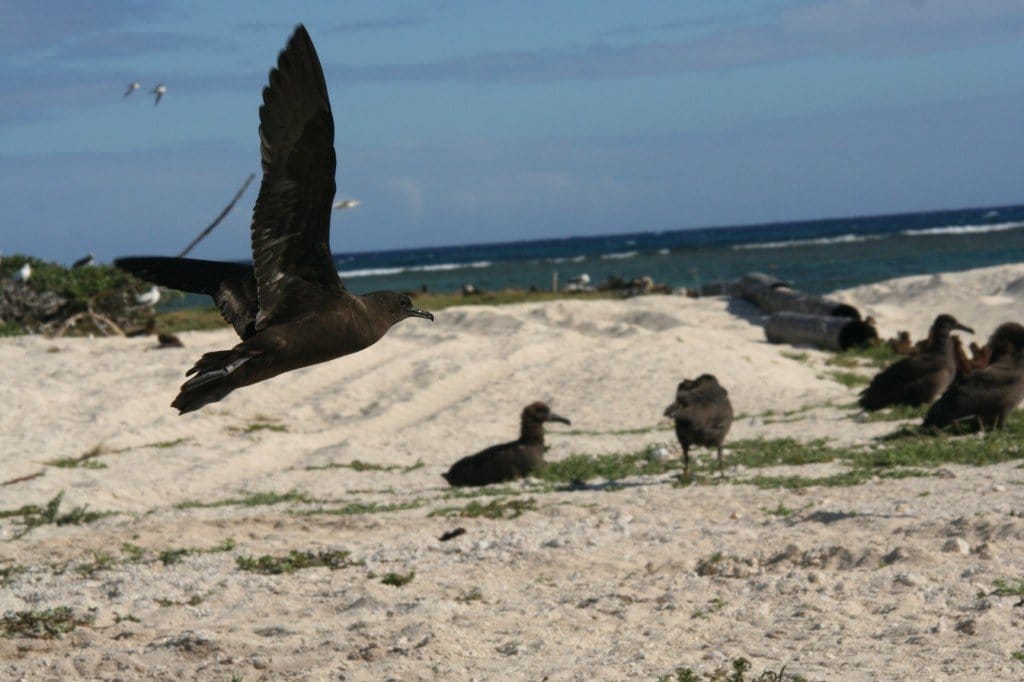











Leave a Comment